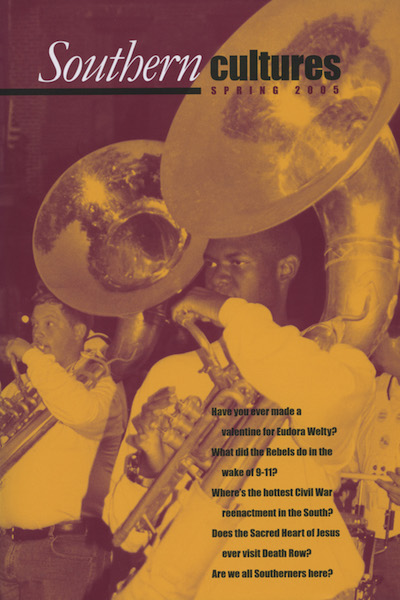“Exactly who is a southerner, exactly who wishes to be a southerner, and who is thought to have the right to claim southern identity are now highly uncertain.”
For most of its history, the South, in the unforgettable words of southern-born Yale historian U. B. Phillips, was “a white man’s country,” and so “southerners”—the possessors, creators, and rightful heirs of the region—naturally were thought to be white. Others, very large numbers of others of all colors and many faiths, of course, resided in Dixie and contributed to transforming what might otherwise have been simply the lower right quadrant of the United States into “the South”: African Americans since the early 1600s, Native Americans before that, Chinese and Hispanics by the nineteenth century. They, though, were in the region; they were not of it. To be of it—to be “southern” in a “white man’s” South—one had to be white. Or so it was understood by whites in and out of the region, and so it was thought by scholars and commentators who mapped the South’s past, judged its character, and prophesied its future. Historians and social scientists, journalists and the average person on the street “knew” this, knew it intuitively, and we know they knew it because of the ease with which they often spoke and wrote of the region’s denizens: “southerners,” on the one hand, and “blacks” (or, in the parlance of the day, “Negroes”), on the other, the latter apparently a different group altogether. Simply put, in the minds of many Americans, including some of its most influential gatekeepers in and out of the region, the idea or image of “a southerner” had a color and that color was white.


